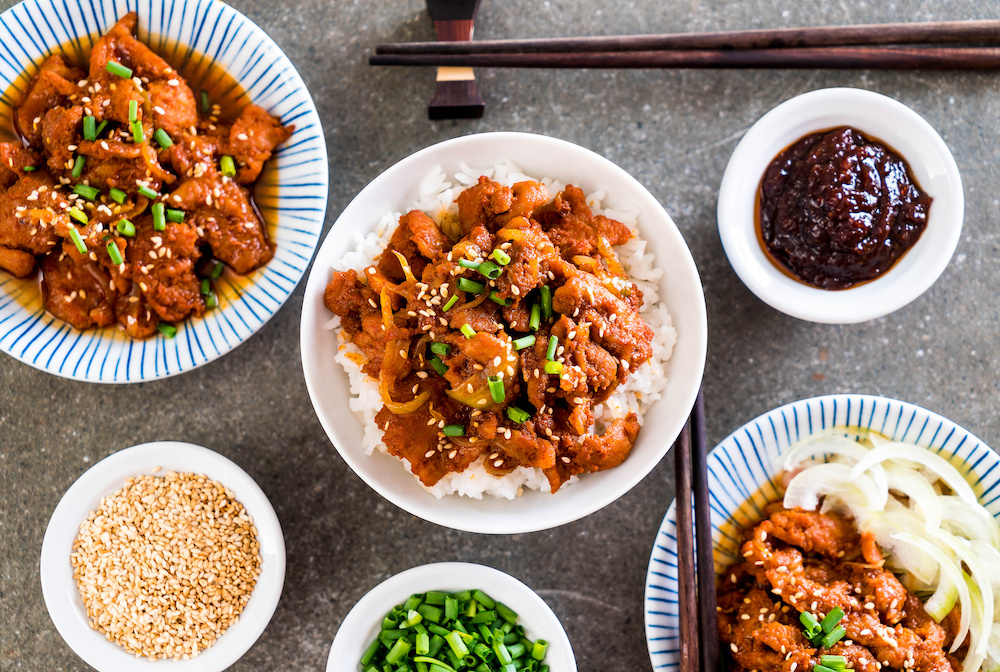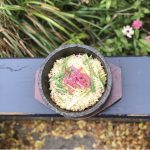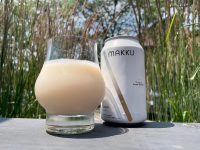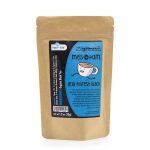A regional Korean dinner at Miss Kim on April 29th: A tale of the cooking of two capitals
Next in our series of special regional Korean dinners! Like Tuscany, Piemonte, and Puglia in Italy, each region of Korea has its own distinctive styles and dishes. This month’s special meal will feature the central section of the country, Gyeonggi Province. It’s home to not just one, but two ancient capital cities—Seoul, the modern capital of South Korea that most Americans will be familiar with, and Kaesong, the ancient capital of the Koryo Kingdom. While the two are a mere 30 miles apart on the map, in modern terms they’re a whole lot further apart. Seoul is booming—nearly 10,000,000 people and the city with the seventh largest GDP in the world. Kaesong, by contrast, is a small town, about twice the size of Ann Arbor, which ended up being a part of North Korea after the 1950 armistice! It was once the capital of the kingdom of Goryeo and an ancient center of Buddhist study—it had over 70 temples in the 11th century. It was in Goryeo that the first moveable type for printing in the world was used, in the 13th century, 200 years before Gutenberg did it in Europe. Perhaps the most complete ancient Buddhist text came from there and had over 80,000 engraved printing blocks to put it together! Kaesong was also an ancient center of the ginseng trade.
But more importantly at the moment, what about the food for the dinner? Here’s what Ji Hye has to say:
“If you ask which city has the best food in Korea, most people will name the cities of Jeonju, Seoul, and Kaesong. Joseon took over the reign of the country from Goryeo, whose capital had been Kaesong. Centrally located and being a capital of the country, both cities developed a culinary style that are both well balanced and intricate. While the research into Joseon palace cuisine, the basis of Seoul food, has seen an increased interest and support in South Korea, the food of Kaesong has been getting harder to find. Kaesong food has always been preserved and celebrated by the middle-class families in that city, and the preservation for the food has been made possible by the Kaesong families who found themselves south of their hometown when the war ended.

fried pork with spicy korean sauce
I’m excited to bring the dishes of these two cities with rich histories to highlight the food of Gyeonggi Province with this special dinner. Personally researching this region has been extra engaging because my mother is from Gyeonggi Province and I lived in Seoul until I immigrated to the States at the age of 13. Many dishes that I just took for granted as the broad ‘Korean food’ turned out to be specifically the regional food of Gyeonggi Province, and I’m again amazed at how much more I can learn about a cuisine that I grew up with.”
The menu looks beyond marvelous: Milk Rice Soup in the tradition of the Joseon Palace; Chilled Kaesong Dumplings filled with beef, chicken, and vegetables in a chilled soy broth; Cucumbers with Shiitake, Egg, and Beef; Kaesong Pork Bulgogi marinated in gochujang and salted shrimp, then grilled; Jang Napa Kimchi made with soy sauce brine and Goldongbahn—the palace version of bibimbob from Seoul, mostly eaten during the yearly clean out of the pantry. Notable for having only cooked ingredients (as opposed to fresh vegetables) and served with the rice already seasoned (rather than with a sauce on the side to mix).
I will guarantee that the meal will be delicious. And, that this is the ONLY Gyeonggi Province dinner being served in a North American restaurant next Monday evening! Reserve your seat now!
—Ari




Zingerman’s Art for Sale